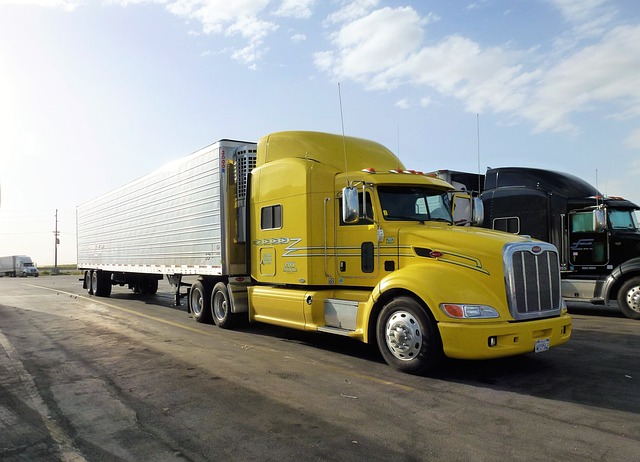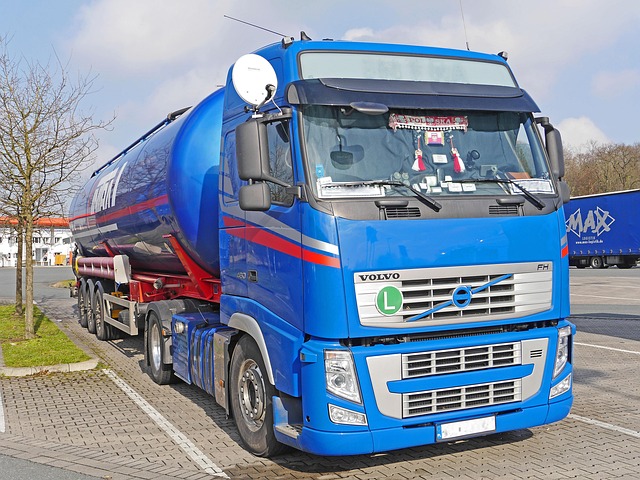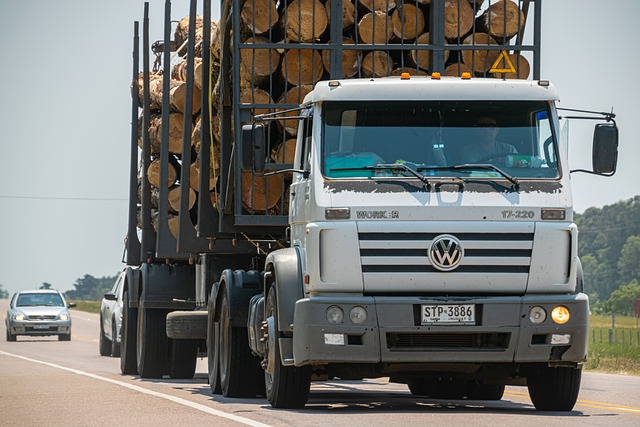As a growing business, especially in transportation and logistics, understanding and adapting to evolving needs is crucial. This includes regularly reassessing insurance coverage, particularly liability coverage for fleets, as your operations expand. By proactively reviewing growth trajectory, analyzing potential hazards, driver behavior, vehicle maintenance, and safety regulation adherence, companies can make informed decisions about scaling insurance coverage for adequate protection. Regular policy reviews, understanding liability limits, and staying informed about industry changes ensure sufficient and effective liability coverage for fleets as your business grows.
As your business expands, so do its risks. Specifically, for businesses managing fleets, ensuring adequate liability coverage is crucial. This article guides you through strategic approaches to scaling insurance as your operations grow. We’ll explore how to understand evolving business needs, assess fleet-specific liability risks, and implement scalable insurance solutions. Additionally, we’ll emphasize the importance of continuous review to ensure your protection keeps pace with your expansion.
Understanding Your Growing Business Needs

As your business expands, understanding your evolving needs is crucial. This includes reassessing your insurance coverage, especially in areas like liability coverage for fleets. Growing businesses often face new risks and responsibilities, from increased fleet size to more complex operations. Therefore, a one-size-fits-all approach may no longer be adequate.
Regularly reviewing your business’s growth trajectory helps identify specific areas requiring enhanced protection. For instance, if you’ve expanded into new territories or acquired additional vehicles, your liability coverage should adapt accordingly. This proactive approach ensures that your insurance keeps pace with your business’s development, providing comprehensive protection at every stage of growth.
Assessing Liability Risks for Fleets

As your business grows, especially if you’re in the transportation or logistics industry, managing fleet risk becomes paramount. Assessing liability risks for fleets involves a comprehensive evaluation of potential hazards unique to mobile assets. This includes accidents involving cargo, property damage, and personal injuries sustained by drivers or other individuals on the road.
Businesses must analyze their operations, driver behavior, vehicle maintenance, and adherence to safety regulations to identify areas that require enhanced liability coverage for fleets. By understanding these risks, companies can make informed decisions when scaling insurance coverage, ensuring they have adequate protection as their fleet expands.
Strategies to Scale Insurance Coverage

As your business expands, scaling insurance coverage is a strategic necessity. One key area to focus on is liability coverage for fleets. This becomes increasingly important as your operations grow to include more vehicles and drivers. A comprehensive strategy should involve regular reviews of your fleet’s usage and risks, ensuring that your liability coverage keeps pace with these changes.
Consider implementing dynamic risk assessment practices and exploring specialized insurance products designed for fleet managers. These can offer tailored solutions, such as contingent liability protection, which can shield your business from significant financial losses in the event of an accident involving one of your vehicles. Additionally, staying informed about industry regulations related to fleet safety and compliance will help you make informed decisions when updating your insurance policies.
Staying Protected: Implementation and Continuous Review

As your business expands, so do its risks and responsibilities. This is especially true for businesses involving fleets, which necessitate adequate liability coverage. Staying protected doesn’t stop at initial implementation; it requires continuous review and adjustment to evolving needs. Regularly assess your fleet’s operations, routes, and potential hazards to ensure your insurance policy aligns precisely with these factors.
A comprehensive review process involves scrutinizing liability limits, understanding exclusions, and evaluating the types of coverage offered. Stay ahead of industry changes in regulations and best practices, as these can impact your insurance needs. By conducting thorough reviews at set intervals or after significant business milestones, you ensure that your liability coverage for fleets remains both sufficient and effective, providing peace of mind and financial security as your business grows.
As your business expands, so do your liability risks. By understanding your growing needs, assessing fleet-specific dangers, and implementing scalable insurance strategies, you can ensure that your liability coverage keeps pace with your growth. Regularly review and adjust your policy to stay protected as your business evolves, ultimately safeguarding your assets and future success. Remember, adequate liability coverage for fleets is not just a best practice—it’s essential for sustained business health.
